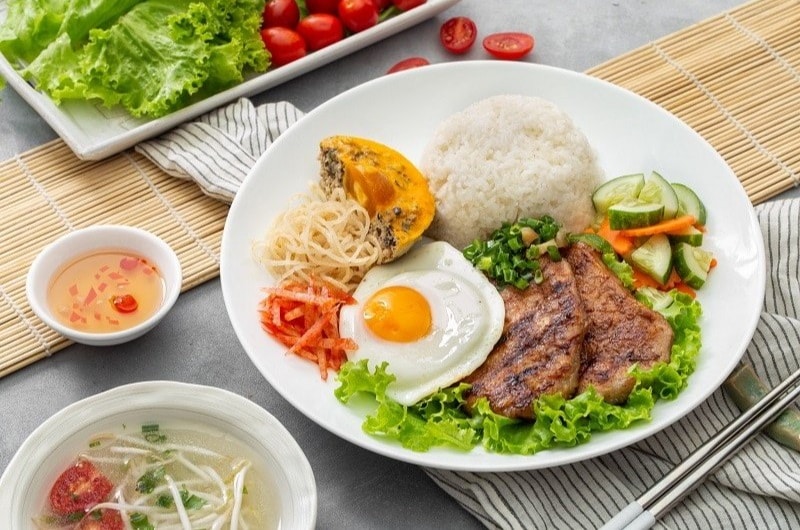Ha Noi and Ho Chi Minh City, a bustling metropolis in Vietnam, is a paradise for food lovers. The city’s culinary landscape is a vibrant mix of traditional Vietnamese dishes and innovative cuisine. Based on local reviews, here are the top 10 must-visit food destinations in Ho Chi Minh City.
1. Phở and other “Phở”
when you talk about Phở maybe you may be thinking about white and slide noodles with chicken or beef but in reality, Vietnam has many kinds of noodles and Pho is one of them.
Let’s take a look at how many kinds of noodles in Vietnam and you can be master to call the name of the dish when you order the food.
| 1.Sợi Phở (Phở Noodles) Description: Sợi phở is flat, thin rice noodles, typically white. Texture: They are known for their smooth and slightly chewy texture. Use: Primarily used in Phở, a famous Vietnamese noodle soup, where they are served in a rich, flavorful broth with various meats (usually beef or chicken) and herbs. Better try in Hanoi, Ho Chi Minh | 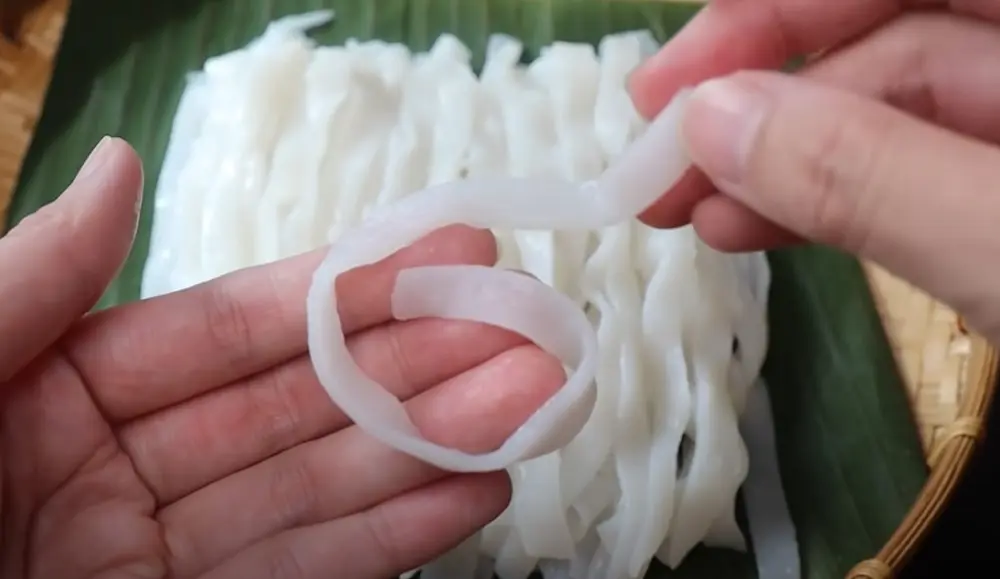 |
| 2. Sợi Bún (Bún Noodles) Description: Bún noodles are also made from rice but are thinner and round compared to sợi phở. Texture: They have a light, delicate texture. Use: Used in various dishes like Bún riêu (crab noodle soup), Bún chả (grilled pork with noodles), and cold noodle salad dishes. Better try in: Bún chả (grilled pork with noodles) Hanoi, Ho Chi Minh for bun rieu | |
| 3. Sợi Bún Bò (Noodles used in Bún Bò Huế) Description: These are similar to sợi bún but are slightly thicker and rounder. Texture: They have a more substantial texture to hold up the rich and spicy broth of Bún Bò Huế. Use: Specifically used in Bún Bò Huế, a popular Vietnamese soup from Huế that’s spicy, sweet, and infused with lemongrass flavor. Better try in Ho Chi Minh | |
| 4. Bánh Đa Cua Description: Bánh Đa are thick, flat rice noodles, typically darker (reddish-brown) due to being dyed with gấc fruit. Texture: They are chewier and heartier than sợi phở or sợi bún. Use: Often used in Bánh Đa Cua, a noodle soup from Northern Vietnam featuring crab, tomatoes, and a variety of toppings. Better try in Hanoi | |
| 5. Hủ Tiếu (Hủ Tiếu Noodles) Description: Hủ Tiếu can refer to both a type of noodle and a noodle dish. The noodles themselves are made from a mix of rice flour and tapioca flour, giving them a unique texture. Texture: Hủ Tiếu noodles are translucent and have a chewier and more slippery texture compared to purely rice-based noodles like sợi phở or sợi bún. Use: They are used in the dish of the same name, Hủ Tiếu, a popular noodle soup in Southern Vietnam. The soup is known for its clear and slightly sweet broth and can be served with various meats, seafood, and vegetables. Hủ Tiếu noodles are also versatile and can be used in stir-fried dishes. Better try in Ho Chi Minh | |
| 5. Mì (Vietnamese Wheat Noodles) Description: These are yellow wheat noodles, similar to Chinese-style egg noodles. Texture: Mì has a firmer and more elastic texture compared to rice-based noodles. Use: Commonly used in stir-fried dishes and soups, including Mì Quảng, where they are served with a minimal amount of broth, meat, and various herbs and vegetables. Better try in Ho Chi Minh |
Congratulations on expanding your knowledge about Phở and its delicious variations! To further enhance your culinary journey, I’ve compiled a list of notable restaurants specializing in Phở and its variants. You can add these to your Google Maps for easy navigation. Based on personal experience, I’ve found that exceptional Phở can often be discovered in smaller streets or conveniently located near hotels, so feel free to explore these local gems as well. The list provided includes some of the most famous spots for Phở, so prepare for a bustling atmosphere. Be aware that in some of these popular places, you might have to engage in a bit of self-service. Enjoy the authentic experience and the mouth-watering flavors of Vietnam!
2. Bánh Mì

You can eat Banh Mi everywhere. But if you are in Ho Chi Minh City, Should try Bánh Mì Huỳnh Hoa serves what many in Ho Chi Minh City call the best Bánh Mì. The secret lies in their crunchy baguettes, generously filled with a variety of meats, pâté, and fresh veggies and SO BIGGGGG. It’s the perfect combination of flavors and textures, beloved by locals.
Address: Bánh Mì Huynh Hoa
3. Cơm tấm
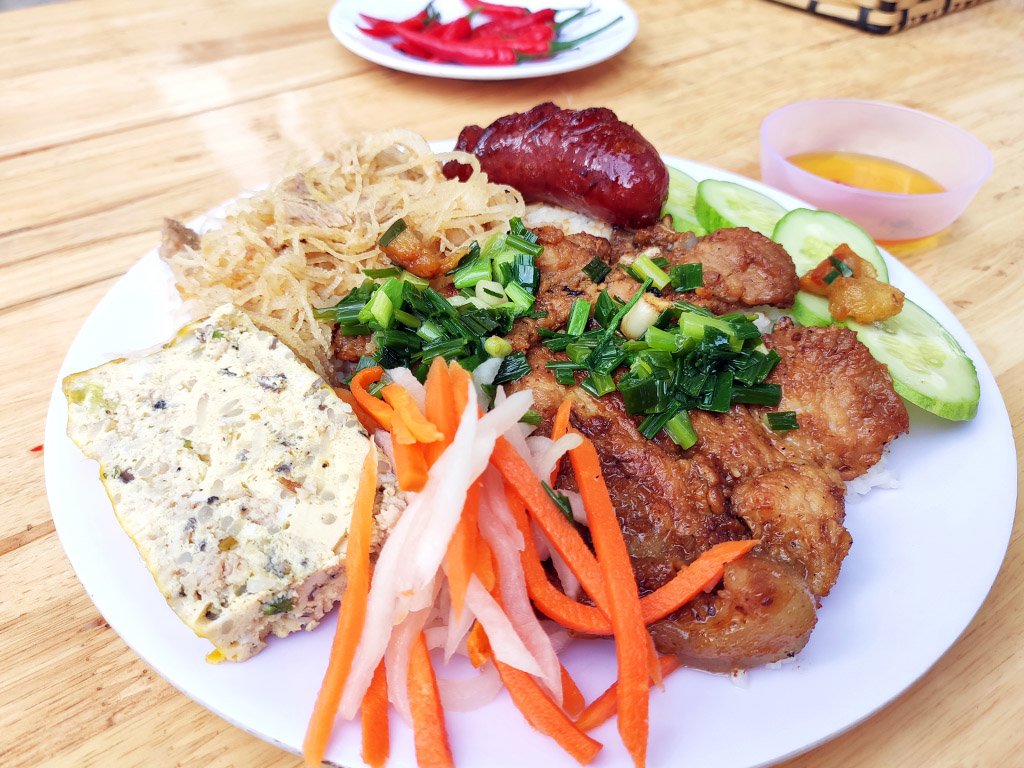
“Com Tam,” also known as “Broken Rice,” is a staple dish in Vietnamese cuisine, particularly popular in Southern Vietnam, including Ho Chi Minh City. The name “Com Tam” literally translates to “broken rice,” referring to the fractured rice grains that are used in this dish. These broken grains were traditionally considered a byproduct of rice processing and were more affordable, but they have become cherished for their unique texture and have found a prominent place in Vietnamese culinary culture.
- Ingredients: Com Tam is typically made with small, broken rice grains. The dish is commonly accompanied by grilled pork (suon nuong), but other variations may include chicken, beef, fish, or tofu.
4. Món Ốc – Snail dishes
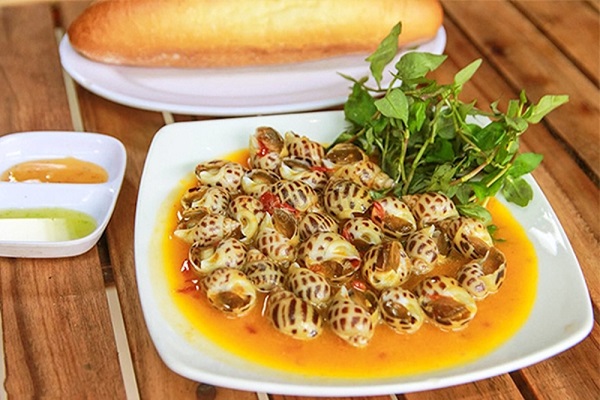
“Snail dishes in Ho Chi Minh City are not only delicious because of the snails themselves but primarily due to the sauce.”
This comment highlights an important aspect of the famous snail dishes (Món Ốc). While the quality and preparation of the snails are crucial, it is the sauce that significantly enhances the overall flavor and appeal of these dishes. Vietnamese cuisine, particularly in Ho Chi Minh City, is well-known for its emphasis on balanced and rich flavors, and sauces play a pivotal role in achieving this culinary harmony. The sauces used in snail dishes are typically a blend of sweet, salty, sour, and spicy flavors, often including ingredients like fish sauce, chili, garlic, and various herbs.
You should try it in the evening and the best go with Vietnamese, they can show you how to eat.
4. Exploring Eateries in the Old Quarter in Ha Noi
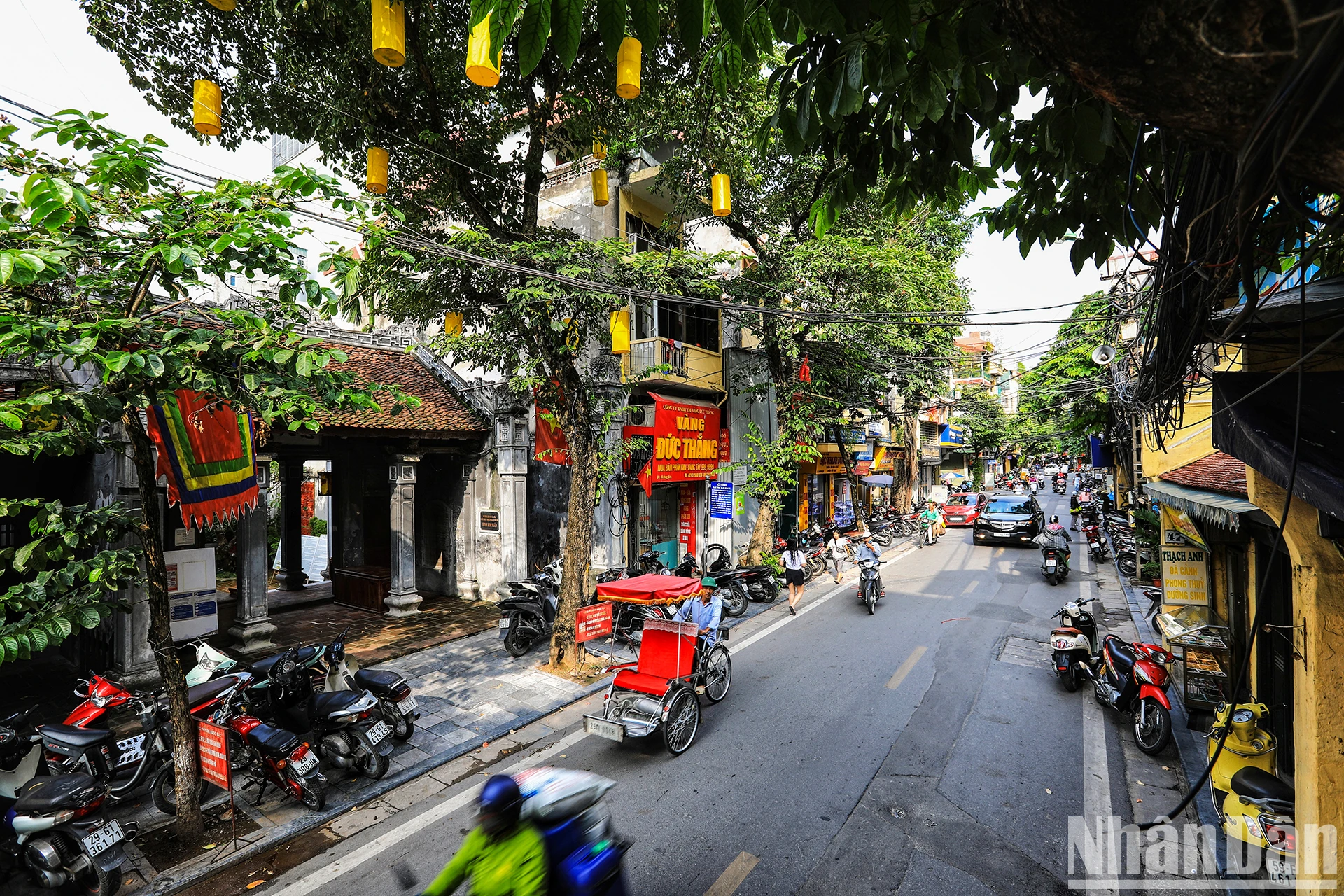
TIP:
Walk Around: Simply stroll through the old quarter. This area is usually packed with numerous dining options, ranging from street food to more formal restaurants.
Observe the Crowd: Look for eateries that are crowded. A high number of locals in a restaurant often indicates good quality and authenticity in the food served.
Use Technology: Before deciding on a place, quickly check online reviews on your phone. Platforms like Google Maps, TripAdvisor, or local food apps can provide valuable insights from previous customers.
Try Out: If the reviews are positive and the place seems appealing, don’t hesitate to try it out. This approach allows for spontaneous culinary discoveries and can lead to some of the most memorable dining experiences.
Place: https://maps.app.goo.gl/o8rXurcKDEMZ1HSM6
5. Chợ Bến Thành Street Food Market: The Heart of Street Food in Ho Chi Minh
This bustling market is a must-visit for anyone wanting to dive into the world of Vietnamese street food. It offers a wide array of local dishes in an energetic and authentic environment, perfect for adventurous foodies. You can explore in hidden street near Ben Thanh Market, you can find some good restaurants here. Place: Hidden restaurants
Place: https://maps.app.goo.gl/A1HXVfUE8Xd7EUp79
6. Bui Vien Walking Street: The neon lights, music, and bustling crowd of Bui Vien Street at Night
As the sun sets, Bui Vien Street awakens with neon lights, music, and a bustling crowd. The atmosphere is electric, with an eclectic mix of tourists and locals filling the street. It’s a place where different cultures converge, creating a lively and international ambiance.
Place: https://maps.app.goo.gl/5mVcfKkWnoeujMM79
These places, beloved by locals, offer an authentic taste of the city’s diverse and rich food culture. Whether you’re a first-time visitor or a long-time resident, these destinations are sure to provide an unforgettable culinary experience.

